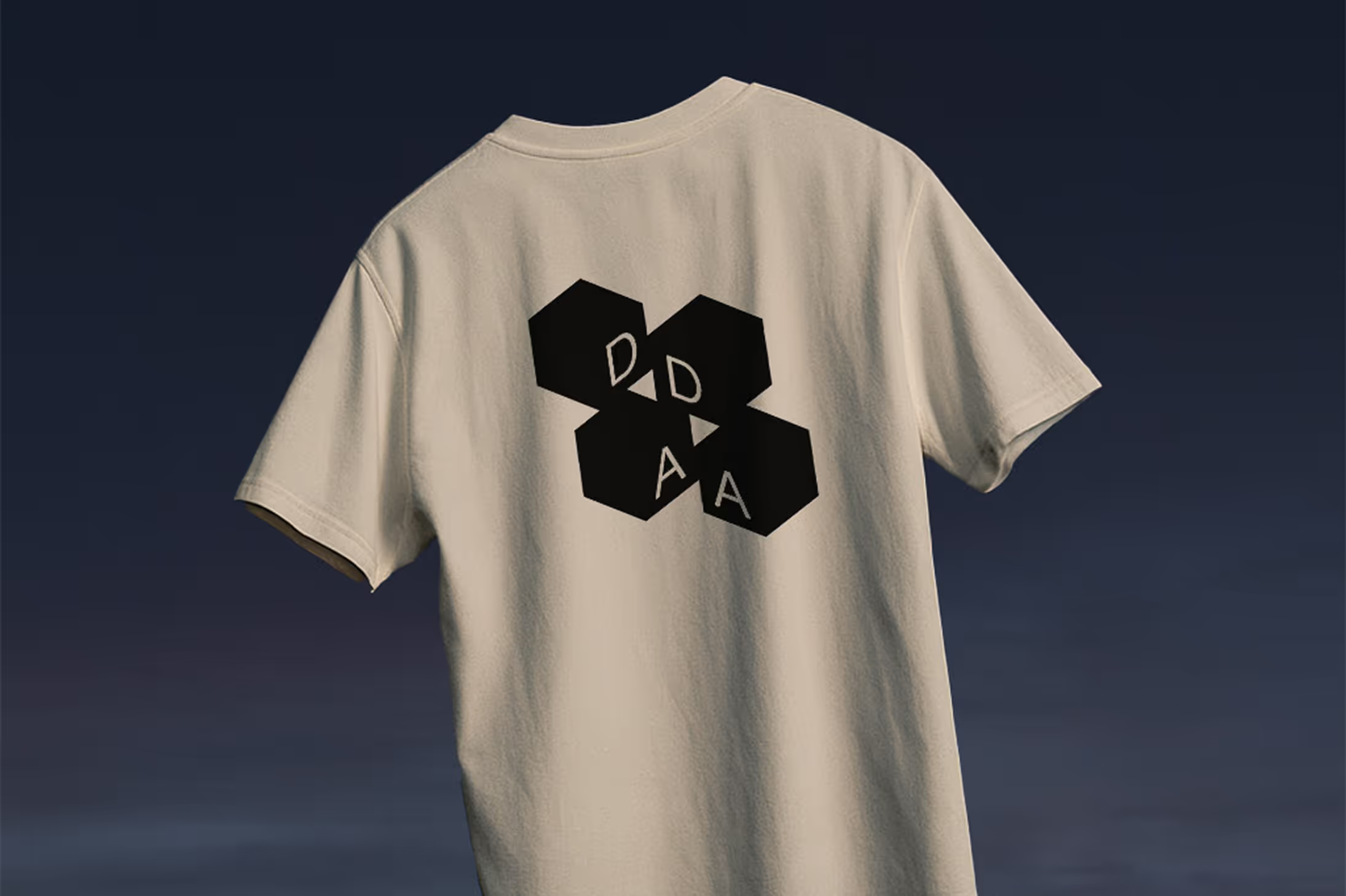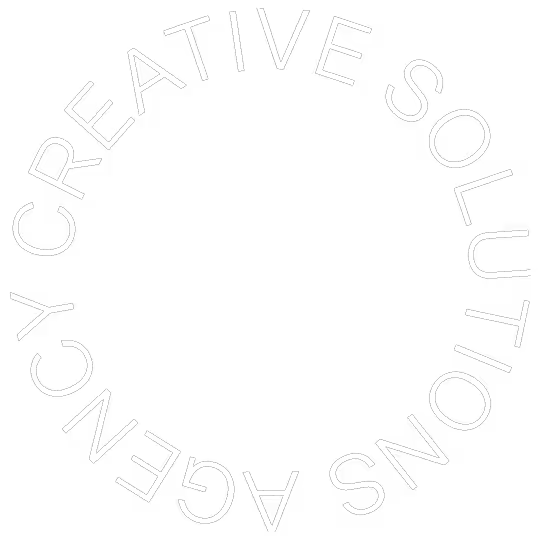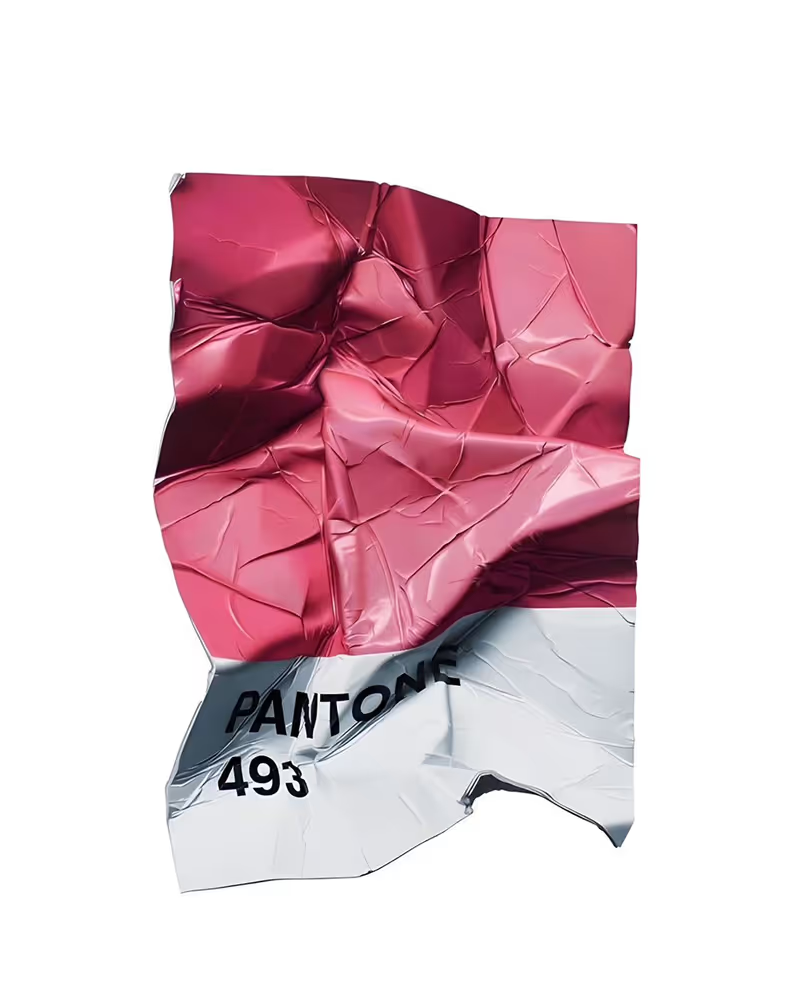10 AI tools every designer needs to know
Upgrade your creative toolkit
For better or worse, AI is now a permanent fixture in design agencies worldwide, and it’s irrevocably changing the way we work.
Whether you’re an advocate or a sceptic, there’s no denying that AI makes for an ideal colleague: consistently helpful and always ready to handle the repetitive, time-consuming tasks we’d rather avoid. But the key is not to become overly dependent on this capable assistant. Leaning too heavily on AI risks diluting the human creativity that elevates good work to something truly exceptional.
Instead, we should view AI as a technical collaborator – one that enhances precision and streamlines processes, without replacing original thinking. It’s all about striking the right balance between innovation and authentic creative input.
For today’s designers, the pressing question is not whether to use AI – it’s [I]how[_I] to use it and [I]which[_I] tools to use. In this insight, we’ll share the tools we believe warrant your attention and discuss ways to thoughtfully introduce AI into your workflow.

AI as a creative assistant
In the context of design, AI is best understood as a collaborative force for prototyping and efficiency. Take platforms like Runway ML: here, designers can quickly develop visual ideas, generate variations, or break free from conceptual impasses. Where it once took a week to generate a single landing page hero image, designers can now generate multiple variations in under an hour. All it takes is a unique prompt adjusted manually to suit brand tone. In this way, AI serves as an accelerant – helping to hone concepts until they closely mirror your vision.
Overcoming creative block with AI
Even the vibrant mind of a designer isn’t immune to creative block. AI-powered image and video tools deliver more than convenience – they make space and time for increased experimentation. With a single sketch as your foundation, AI can produce a spectrum of finishes, palettes, and moods, easing the pressure for perfection and putting greater emphasis on process and play.

How AI makes everyday design work easier
Design is as much about precision and repetition as it is about imagination. AI relieves some of the daily burdens by streamlining manual tasks so that your creative focus can return to what truly matters.
Speed up image editing (without losing quality)
Tools like Adobe Firefly automate tasks that once demanded hours. With just a few simple, guided steps, you can remove blemishes, change backgrounds, and apply advanced colour treatments. This means faster execution and more time to devote to meaningful design decisions. The tool is also beginner-friendly, requiring no coding or advanced technical skills to get started.
Typography tailored to your brand
[A target='_blank' link='https://dd.agency/insights/how-to-choose-the-right-brand-font']Typography[/A] remains central to [A target='_blank' link='https://dd.agency/insights/engaging-visual-identity']visual identity[/A]. Fontjoy AI moves beyond basic font pairing, allowing designers to construct bespoke typefaces from mood boards or existing brand assets. The result goes beyond generic automation: you receive a curated set of options that encourage considered judgement and creativity.
Liberation from repetition
Bulk actions – resizing assets, exporting, compressing – can easily disrupt creative flow. Figma’s AI-enabled layout tools automate these repetitive tasks, freeing up valuable hours for creation and concepting. For deeper file management automation, RelayThat streamlines consistency across large-scale campaigns, applying brand assets and layouts in bulk so designers can shift swiftly from execution back to ideation.
From sketch to prototype in minutes
The journey from static concept to interactive prototype is now more fluid than ever. Framer AI transforms images into functional prototypes with minimal friction, introducing animation and testing at the earliest creative stages. Likewise, Uizard empowers designers to transform initial sketches into usable wireframes in minutes, increasing efficiency whilst preserving nuance.

Our top 10 AI design tools
With countless AI tools available, we've hand-selected platforms that excel at balancing both technical precision and creative flexibility:
MidJourney V7
Translates text prompts into detailed images, ideal for exploring visual directions and refining concepts with nuanced control. (Ease: intermediate – requires prompt fluency)
DALL·E 3
Rapidly generates moodboards or packaging mockups from descriptions, offering high-quality image options for early-stage ideas. (Ease: Beginner to intermediate)
Runway ML
Simplifies advanced video and image editing with AI-driven features, supporting everything from quick touch-ups to complex creative edits. (Ease: Beginner)
Khroma
Instantly generates custom colour palettes based on brand guidelines or references, making it easy to maintain visual consistency. (Ease: Beginner)
RelayThat
Automates the adaptation of brand assets, campaigns, and templates at scale, ensuring cohesive design across all platforms. (Ease: Beginner)
Figma AI
Streamlines layout and spacing tasks while offering smart, context-sensitive suggestions for UI/UX design projects. (Ease: Beginner to intermediate)
Fontjoy AI
Pairs and generates typefaces tailored to your design's mood or context, simplifying font decisions. (Ease: Beginner)
Adobe Firefly
Creates unique visuals using generative AI, streamlining image edits and graphic production to match your style. (Ease: Beginner)
Uizard
Instantly converts handwritten or digital sketches into ready-to-edit wireframes, bridging your ideas with rapid prototyping. (Ease: Beginner)
Framer AI
Quickly transforms static designs into interactive prototypes, making user testing and real-time feedback seamless. (Ease: Intermediate)

Non-visual AI tools
While most tools here focus on visuals, don't overlook AI for ideation, UX writing, or content structure. Tools like Lex or Notion AI can help shape messaging, craft user journeys, or develop clearer narrative flow – often a crucial but overlooked part of the design process.
Design first, AI second
The best uses of AI in design remain, at their heart, human centred. These tools are notable not just for speeding up production, but for enabling greater clarity and deeper storytelling in finished work. The true skill lies in applying AI critically – welcoming gains in flexibility and scope, while insisting that intuition, narrative, and the designer’s hand remain central.
Ask yourself: does this tool enable my vision to become sharper, clearer, or more distinctive? Or does it threaten to dilute the uniqueness of my practice? Use AI as a resource, never as the author of your work.
A note on ethics, ownership & originality
As AI becomes a familiar presence in your creative workflow, it’s essential to stay curious and careful about originality, copyright, and ethical use. Don’t lean too heavily on AI-generated imagery without understanding where it comes from—and always give credit or cite sources when needed. Treat AI as your starting point, not the finished piece. Shape, refine, and infuse each project with your own creative signature.
Start experimenting
In the spirit of experimentation, try weaving a new AI tool into your workflow each week. Let these weekly trials become a creative ritual – an invitation to discover unexpected efficiencies, hidden strengths, and the subtle ways technology can elevate your practice.





